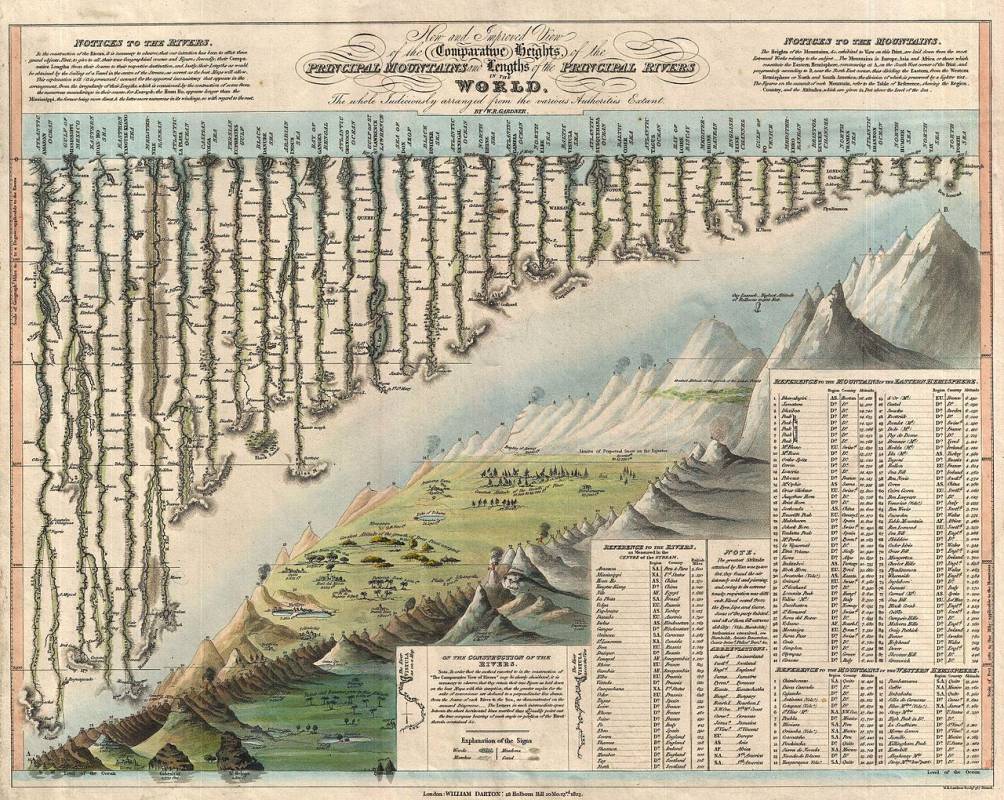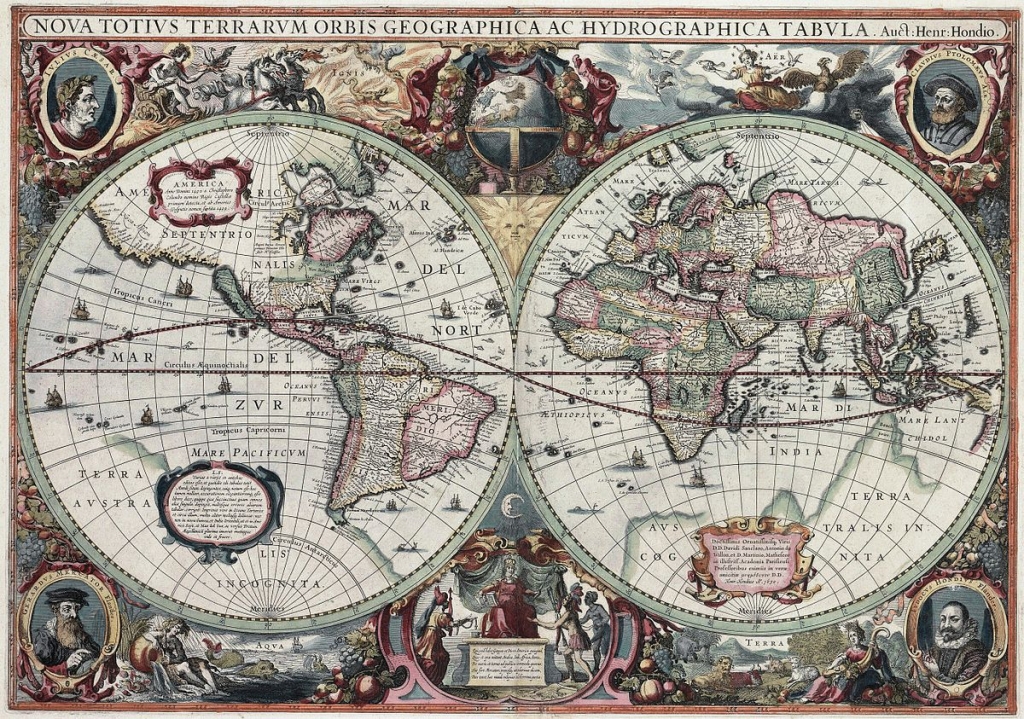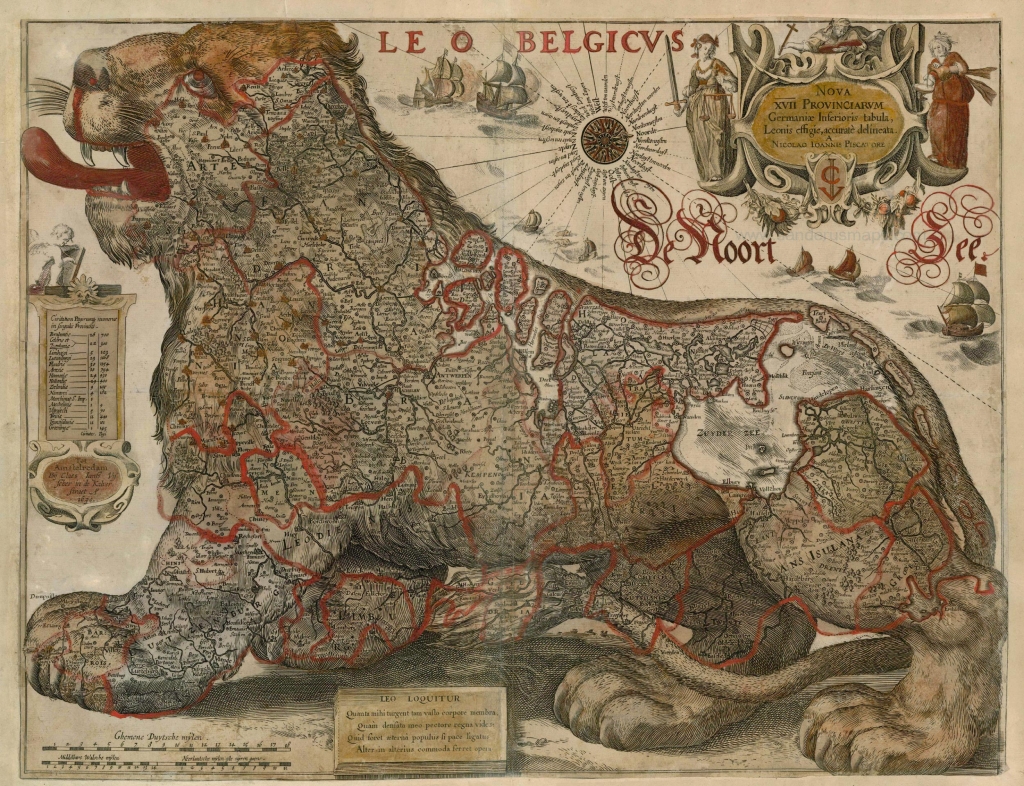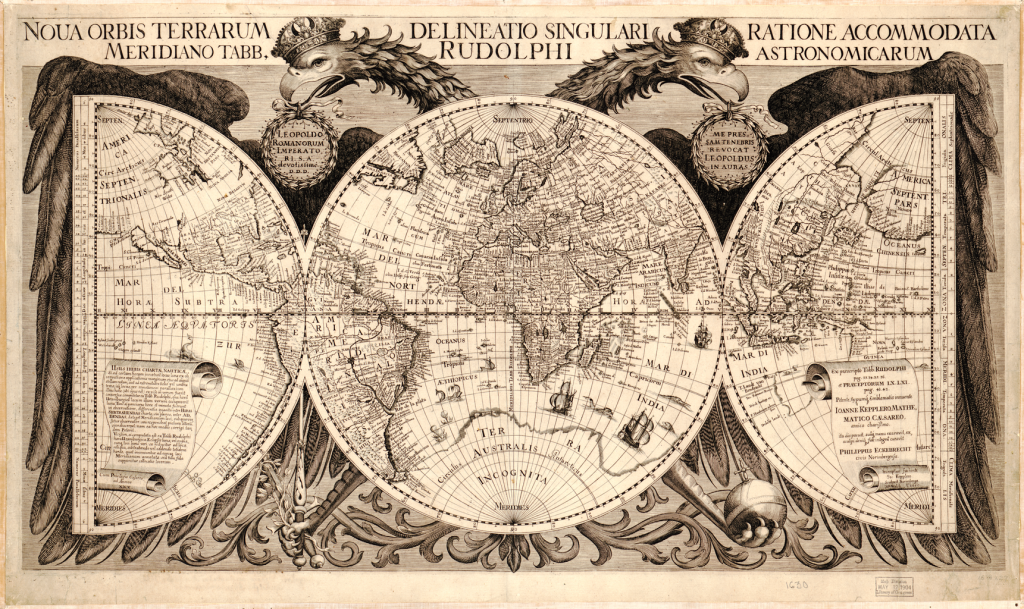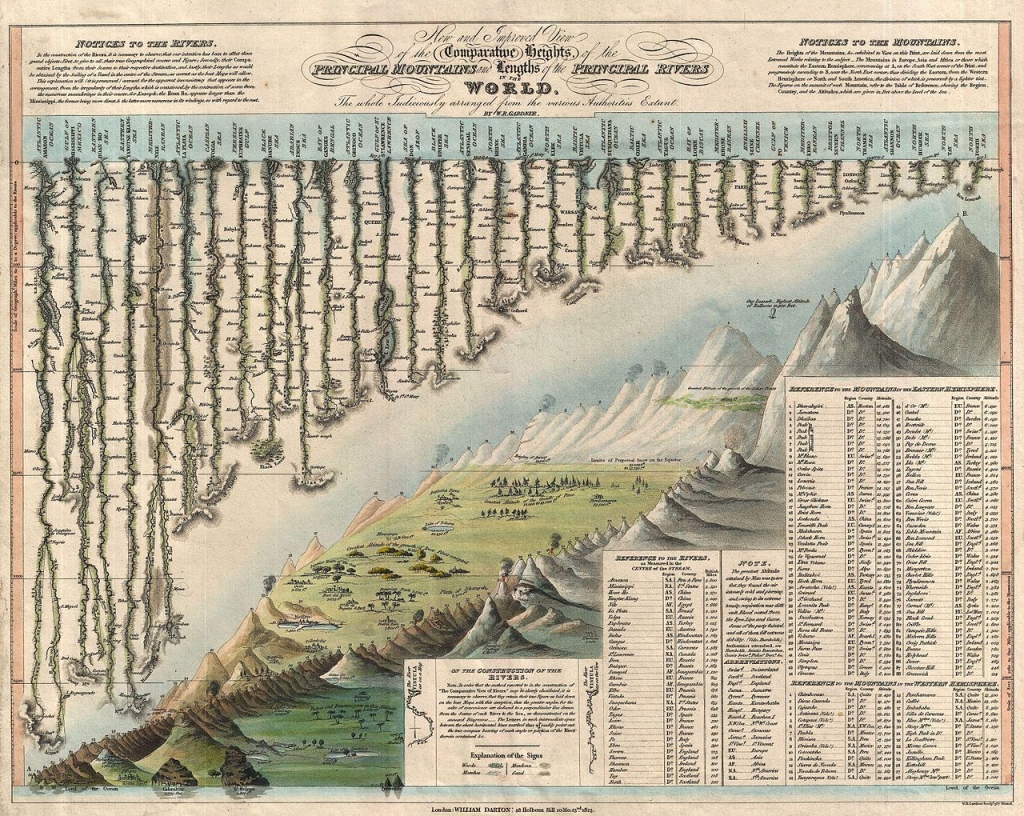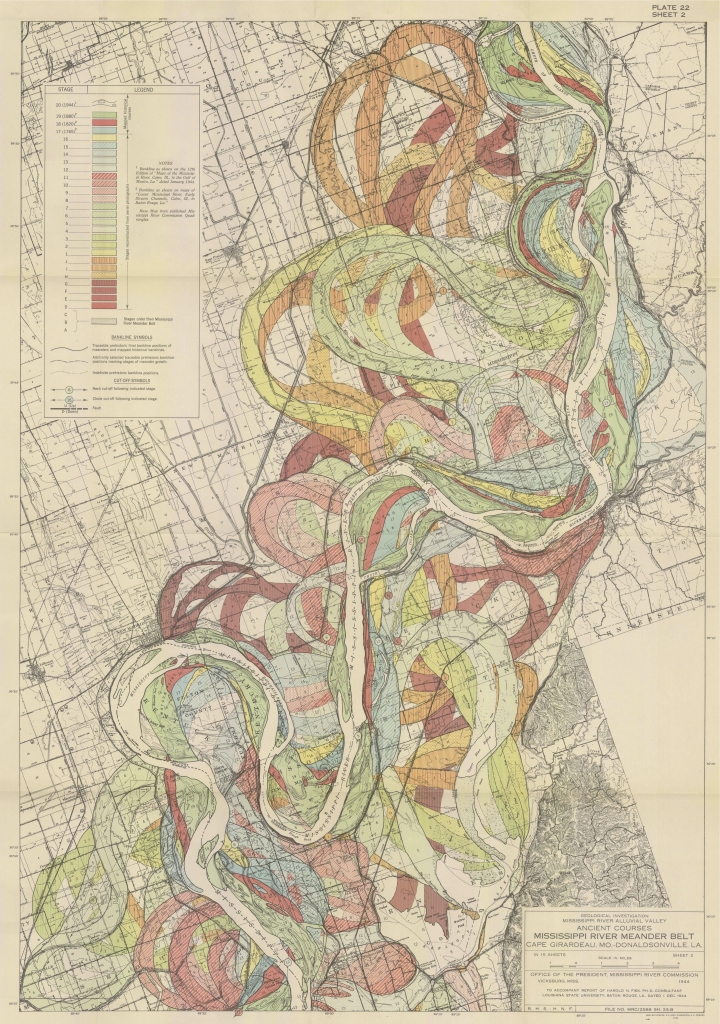7 Of The Most Beautiful Maps In History
The art of terrestrial mapmaking features some of the most eloquent pictorial works ever created by humankind.
There is definitely something hypnotic about maps. Perhaps it is their ability to make meticulousness converge with metaphors, or observations with imagination. Maybe it is their paradoxical nature, which acquaints us with a given territory, yet at the same time condenses inconceivable mysteries (the Terra incognita). Or perhaps it is simply because they allow us to grasp that game-board where we are already submersed —or we would like to be submersed. In any case, the history of humankind and its world is inseparable from the long tradition of the art of cartography.
While the early history of landscape or the first pictorial representations of land dates back some 25,000 years (in the Czech Republic, near Pavlov), it wasn’t until 600 bC. That, strictly, the first map was created: the Imago Mundi, or the Babylonian Map of the World. Later on, the Greeks and other cultures would portray their respective geographical speculations––a task that would reach a turning point in the Roman Era with Ptolomeo’s mapamundi, and which would be a crucial reference until the Middle Ages.
Beginning in the 15th Century, cartography and its accuracy would evolve at an accelerated pace, while the following 400 years featured some of the most beautiful maps in history. By the 20th Century, new technologies, plus accumulated knowledge, would lead to maps with a level of detail that were inconceivable up until then. However, mapmaking is a field condemned to inaccuracy, a quality which enhances its poetic essence and which maybe, to a certain extent, accounts for the beauty that has characterized it throughout history.
1. Nova Totius Terrarum Orbis Tabula by Hendrik Hondius, 1630.
2. Mappe Monde, by Jean Baptiste Nolin, 1755.
3. Leo Belgicus by Hondius & Gerritsz, 1630.
.
4. Nova orbis terrarum delineatio singulari ratione accommodata meridiano tabb by Philippus Eckebrecht, 1630.
.
5. The c. 1900 Taride edition of Louis Bretez and Michel-Etienne Turgot’s monumental 1739 map of Paris.
.
6. Comparative Heights, of the Principal Mountains and Lengths of the Principal Rivers in the World by William Darton and W. R. Gardner, 1823.
.
7. Mississippi River flooding over time, by Harold N. Fisk, 1944.
Related Articles
Pictorial spiritism (a woman's drawings guided by a spirit)
There are numerous examples in the history of self-taught artists which suggest an interrogation of that which we take for granted within the universe of art. Such was the case with figures like
Astounding fairytale illustrations from Japan
Fairy tales tribal stories— are more than childish tales. Such fictions, the characters of which inhabit our earliest memories, aren’t just literary works with an aesthetic and pleasant purpose. They
A cinematic poem and an ode to water: its rhythms, shapes and textures
Here lies One Whose Name was writ in Water. - John Keats Without water the equation of life, at least life as we know it, would be impossible. A growing hypothesis holds that water, including the
Watch beauty unfold through science in this "ode to a flower" (video)
The study of the microscopic is one of the richest, most aesthetic methods of understanding the world. Lucky is the scientist who, upon seeing something beautiful, is able to see all of the tiny
To invent those we love or to see them as they are? Love in two of the movies' favorite scenes
So much has been said already, of “love” that it’s difficult to add anything, much less something new. It’s possible, though, perhaps because even if you try to pass through the sieve of all our
This app allows you to find and preserve ancient typographies
Most people, even those who are far removed from the world of design, are familiar with some type of typography and its ability to transform any text, help out dyslexics or stretch an eight page paper
The secrets of the mind-body connection
For decades medical research has recognized the existence of the placebo effect — in which the assumption that a medication will help produces actual physical improvements. In addition to this, a
The sea as infinite laboratory
Much of our thinking on the shape of the world and the universe derives from the way scientists and artists have approached these topics over time. Our fascination with the mysteries of the
Sharing and collaborating - natural movements of the creative being
We might sometimes think that artistic or creative activity is, in essence, individualistic. The Genesis of Judeo-Christian tradition portrays a God whose decision to create the world is as vehement
John Malkovich becomes David Lynch (and other characters)
John Malkovich and David Lynch are, respectively, the actor and film director who’ve implicitly or explicitly addressed the issues of identity and its porous barriers through numerous projects. Now
